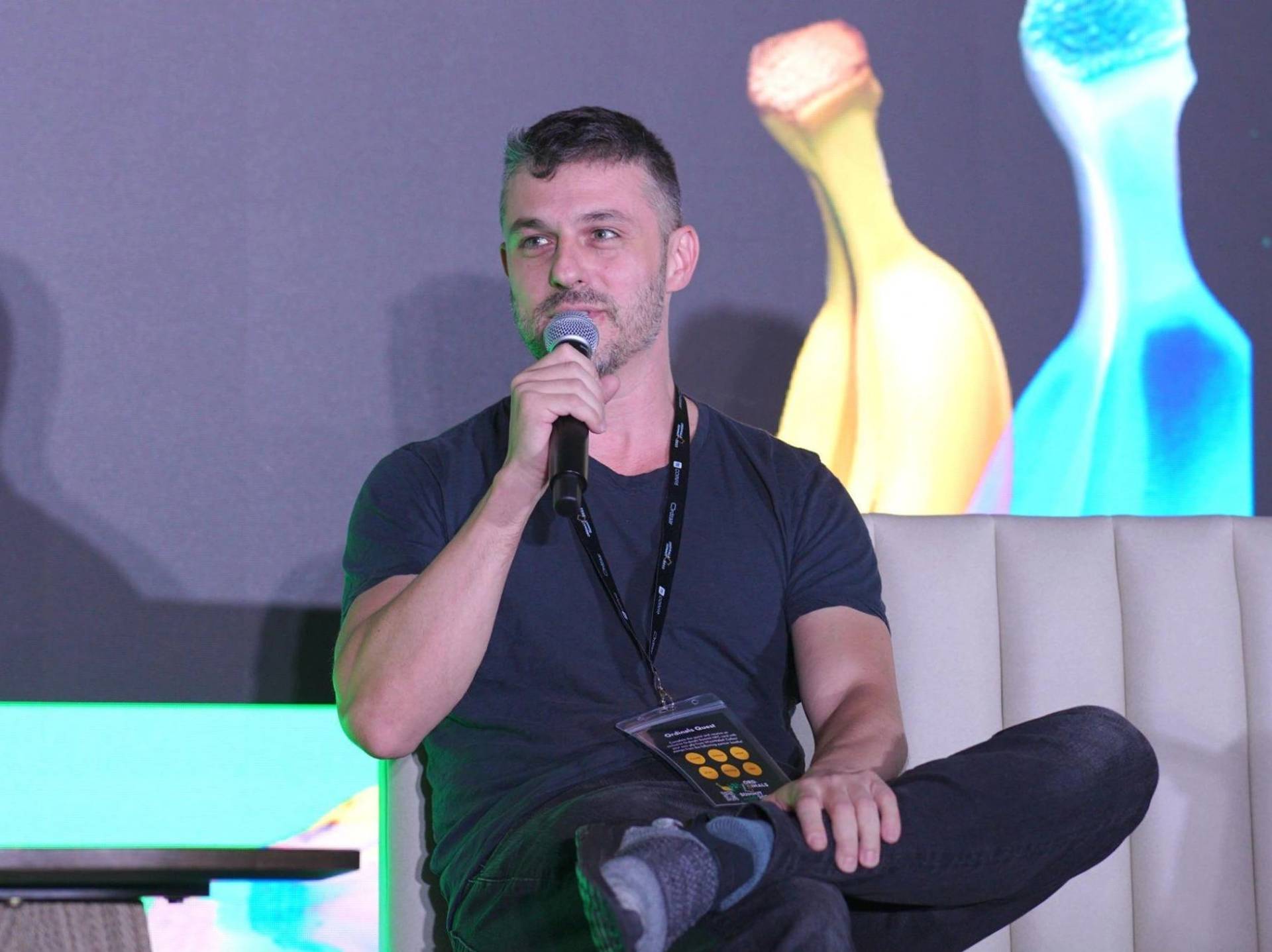Subscribe to wiki
Share wiki
Bookmark
Casey Rodarmor
The Agent Tokenization Platform (ATP):Build autonomous agents with the Agent Development Kit (ADK)
Casey Rodarmor
Casey Rodarmor is a software developer who has been contributing to the Bitcoin ecosystem for multiple years. He is best known for developing the Bitcoin Ordinals protocol, which enables the creation of Non-Fungible Tokens (NFTs) on Bitcoin, and suggesting Runes, a new Bitcoin-based NFT protocol alternative to the BRC-20 standard. [1]
Education
Rodarmor attended a community college where he failed many classes but was able to keep the grades from bringing his GPA down by using “weird administrative tricks” and was able to land a transfer to the University of California, Berkeley, with a 4.0 GPA. He enrolled at UC Berkeley in August 2006 and graduated with a Bachelor’s degree in Computer Science in December 2009. [2][3]
I had been going to community college and I hadn't been the best student but every time that I like dropped out or failed classes I would play these like weird administrative tricks to make sure that those grades never got on my GPA so even after dropping out of Community College like three times I had a 4.0. I kind of fooled them uh and then uh I was able to transfer to UC Berkeley I studied computer science.[2]
Career
Rodarmor started his career in technology in 2010 and worked at Google, where he took on the role of a site reliability engineer, working on the traffic team responsible for managing data traffic. After working for Google, Rodarmor joined Chaincode Labs to work on Bitcoin Core, the protocol's main code implementation. [1]
Bitcoin
He later became a co-host of SF Bitcoin BitDevs in San Francisco, a community hosting monthly meetups to discuss technical aspects of Bitcoin. Rodarmor has also contributed to various Bitcoin-related projects, such as Wasabi Wallet and JoinMarket. He has also co-hosted the Hell Money podcast, which explores topics related to money, finance, and Bitcoin. [1][2][7]
Ordinals
In 2022, he started working on Ordinals full-time and developed the protocol that enables the creation of NFTs on Bitcoin. He was inspired by Bitcoin's pseudonymous founder, Satoshi Nakamoto, who included references to something called "atoms" in the original Bitcoin codebase. He also believed that working on the Ethereum network was not ideal due to its structure and the programming language used for Ethereum's blockchain: Solidity. So he researched more on Bitcoin and discovered Bitcoin's UTXO model, which he found to be a better fit for NFTs, as it allows for natural serial numbering of tokens. [6]
I started writing I wrote an ERC 721 contract um that was like a NFT contract on Ethereum and as I wrote it it's just like it's just it was very bad um solidity is really bad the programming model of solubility is really bad everything is mutable, everything is super insecure compared to the building blocks of Bitcoin the building blocks of Ethereum are not very good it doesn't have native multisig doesn't have time locks there's all these weird things.[6]
Rodarmor's motivation was to make Bitcoin fun again, especially during the bear market, and to create a better version of NFTs. The Ordinal protocol outlines a way to sequentially number Satoshis (the smallest unit of bitcoin) and then inscribe data onto those Satoshis to make digital artifacts. [1][4][5]
Rodarmor is now the founder of Ordinal Labs, which was launched on January 21st, 2023, and has also been a software engineer for Agora since April 2021. [3][8]
Runes
On September 25th, 2023, Rodarmor suggested a new Bitcoin-based NFT protocol as an alternative to the BRC-20 standard. In his blog post “Runes,” he wrote: [9]
“I'm not sure creating a new fungible token protocol for Bitcoin is a good idea. Fungible tokens are 99.9% scams and memes. However, they don't appear to be going away any time soon…Creating a good fungible token protocol for Bitcoin might bring significant transaction fee revenue, developer mindshare, and users to Bitcoin.”
Runes is a proposed fungible token protocol for the Bitcoin network. It is designed as an alternative to existing token protocols, addressing complexities like those found in BRC-20. The protocol simplifies token issuance, transfer, and burning within the Bitcoin ecosystem, emphasizing alignment with Bitcoin's native structure. Runes introduces a straightforward encoding mechanism and considers challenges like symbol squatting, aiming to contribute to a more streamlined and efficient tokenization process. While adopting a new token protocol entails challenges, Runes is an initiative by Rodarmor to improve user experience and reduce on-chain complexities in Bitcoin tokenization. [9][10][11]
Rodarmor expressed uncertainty about the future of Runes in the concluding remarks of his blog post. He wrote: [9]
“Should such a thing exist? I don't know. It's about as simple as possible, does not rely on off-chain data, does not have a native token, and fits nicely into Bitcoin's native UTXO model. Such a scheme might draw users from other schemes with worse on-chain footprints, and bring developer and user mindshare to Bitcoin, encouraging them to adopt Bitcoin itself.”
See something wrong?
The Agent Tokenization Platform (ATP):Build autonomous agents with the Agent Development Kit (ADK)
